Unexploded War Bombs At Risk Of Detonating

Unexploded bombs from both World Wars have been an ongoing danger, but scientists have discovered that the risk those explosives pose is actually increasing over time. The particular combination of chemicals used in many weapons degrades over time, becoming more volatile. This makes activities like building and excavating increasingly dangerous in areas that were once battlefields.
TNT
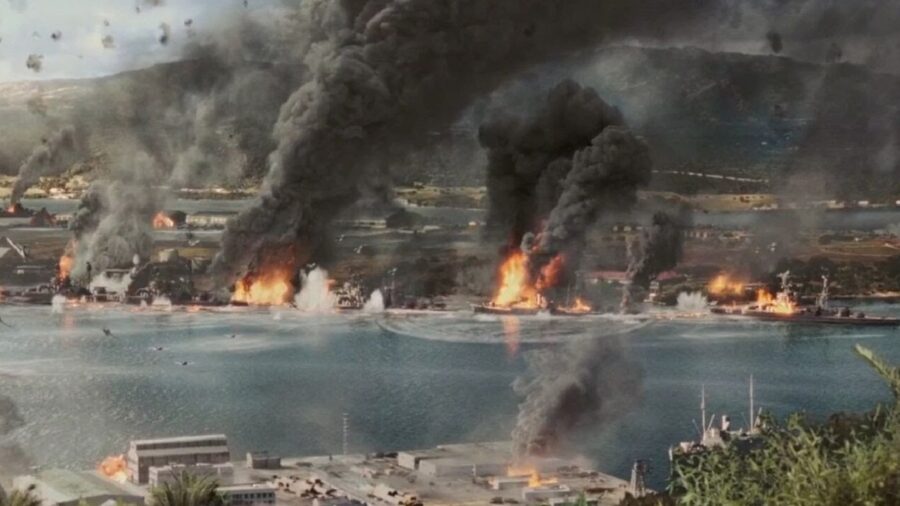
The increased danger is due to amatols, a combination of ammonia nitrate and TNT. Unlike bombs that only use TNT, amatols interact with moisture and soil, becoming increasingly volatile over time. The longer bombs made with amatols remain buried underground, the more likely they are to go off when disturbed, making them more dangerous.
The weapons using the volatile combination of chemicals were most commonly used late in World War I and early in World War II. The practice of mixing ammonia nitrate with TNT occurred in World War I as the war created TNT shortages, while ammonia nitrate was plentiful and cheap. The opposite was true for World War II, as amatol bombs were common at the start of the war, but the mass production of TNT made their use rare later in the conflict.
Grey’s Anatomy Was Right
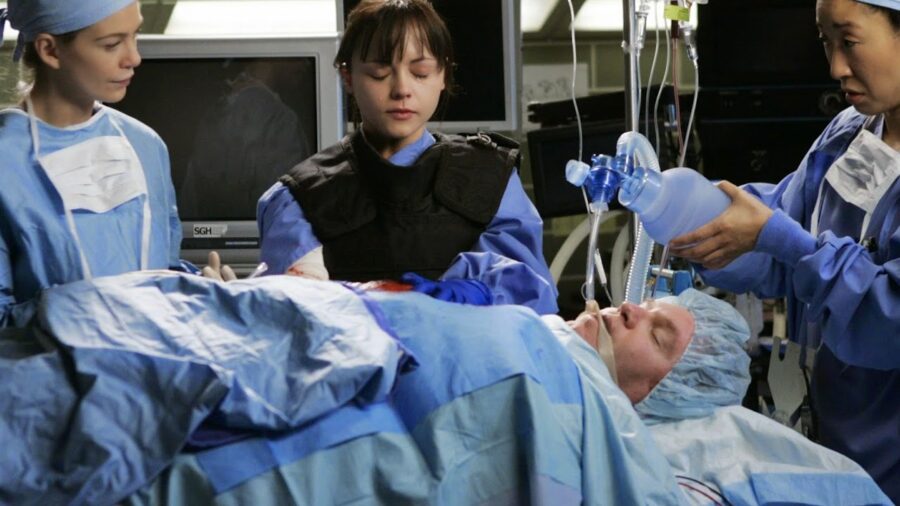
Unexploded ordinances becoming more volatile is concerning as they were already a problem, causing many accidental injuries. In 2008, an excavator in Hattingen, Germany, exposed a bomb, causing a detonation that injured 17 people. As old bombs become more volatile, the risk of accidents like what happened in Hattingen increases.
In addition to the increased risk of accidental detonation, bombs made with amatols are an environmental concern. The bombs leak ammonia nitrate into the soil over time, poisoning groundwater. This makes the numerous explosives buried underground for decades dangerous even for those who aren’t involved in building or digging operations.
Digging, Mining, Or Even People Using Groundwater At Risk
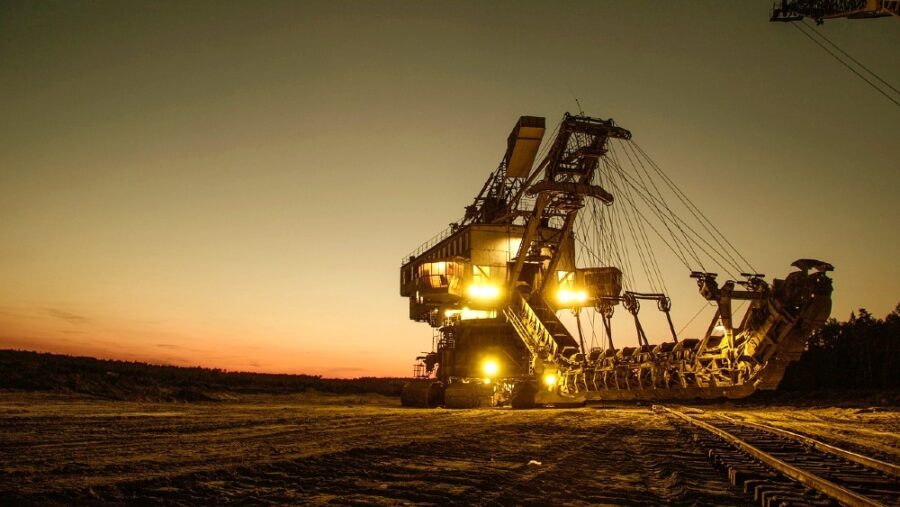
In addition to the increased risk of accidental detonation, bombs made with amatols are an environmental concern. The bombs leak ammonia nitrate into the soil over time, poisoning groundwater. This makes the numerous explosives buried underground for decades dangerous even for those who aren’t involved in building or digging operations.
Bomb Degradation
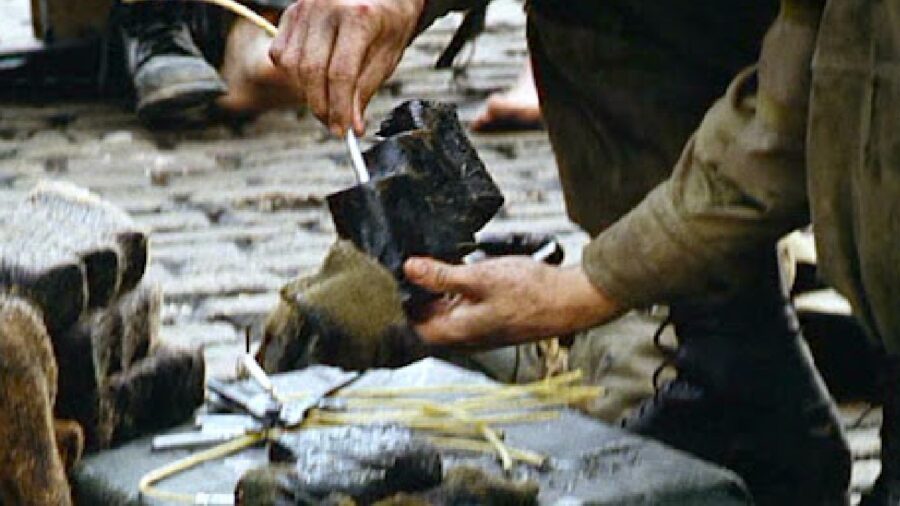
Geir Novik of the Norweigan Defense Research Establishment and the University of Stavanger authored the paper reporting on the findings about amatols in World War-era bombs. Scientists tested amatol from around Europe and consistently found that the bombs made with the material were more volatile over time. While earlier studies had speculated that degradation was happening, Novik’s report confirms those fears and demonstrates how dangerous they are.
Former Battlefields At Risk
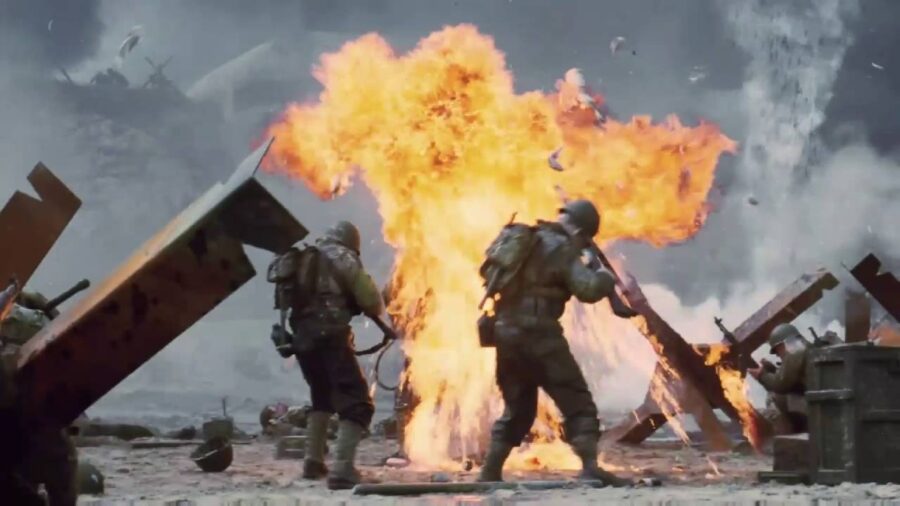
The report helps regulators and explosive disposal experts assess the risks of worksites on former battlefields. The increased chance of accidental detonation and environmental concerns around these bombs help experts know what problems to look for and how to deal with them. It also makes it clear how important it is for European construction and digging operations to look for signs of unexploded ordinances and know if they’re working on battlefields from either World War.
Modern Warfare Is No Better
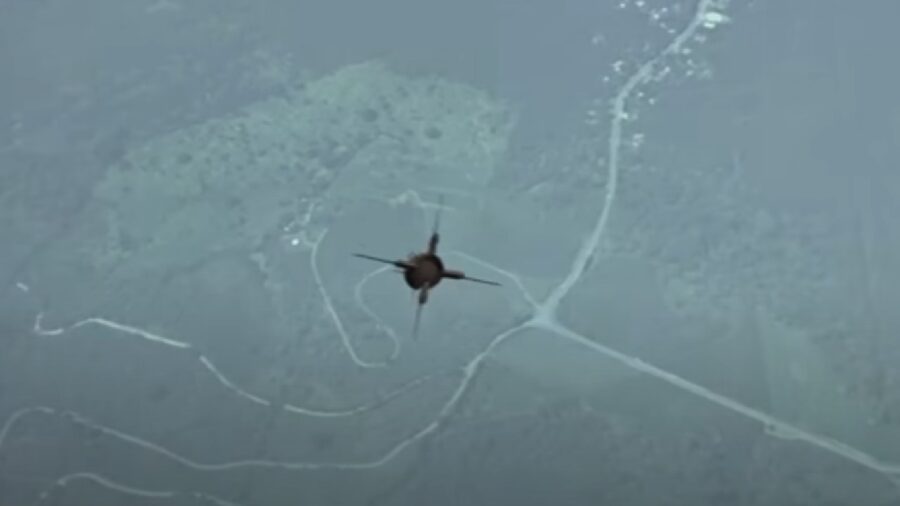
Novik also hopes that revealing these previously unknown problems will make people more cautious about how bombs are handled in modern warfare. The war between Russia and Ukraine is increasing the number of unexploded ordinances at an estimated rate of over a million a year, a problem that will need to be addressed or risk unforeseen consequences for future generations. The danger of bombs from the past serves as a stark reminder about the consequences of war, even long after the actual conflicts are over.












